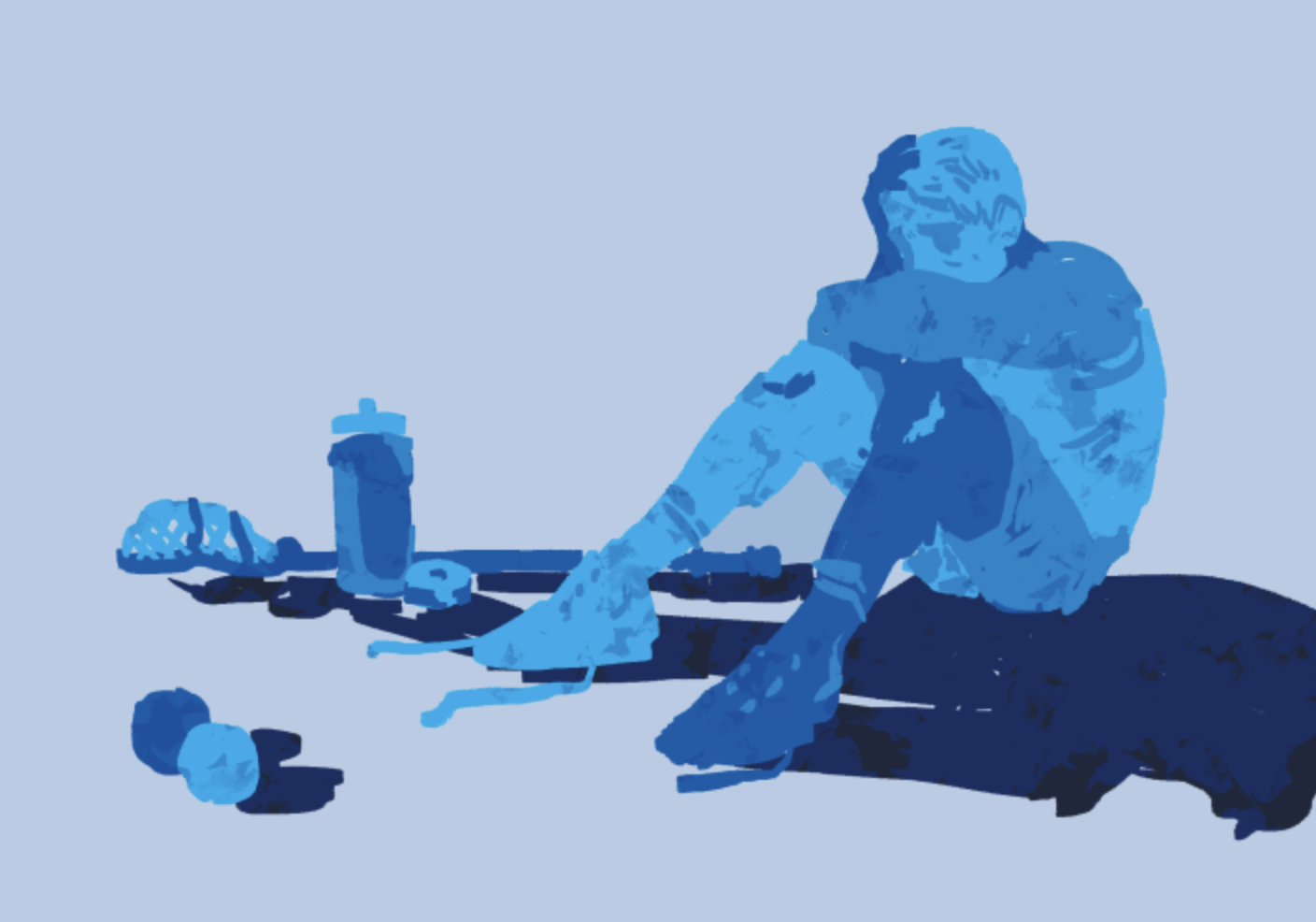Mental Health in Sports, and Where We Stand Today.
Written By: Tex Green
The mental aspect of sports is just as important as the physical ability to play the sport. As baseball legend Yogi Berra said, “Baseball is 90% mental. The other half is physical.” While this may add up to 140% and not be statistically accurate, he raises a good point about how important the mental aspect of sports is. Yet, until recently, the mental aspect of sports and of athletes had been unrecognized and uncared for. Mental health and focus when playing a sport is especially important for student-athletes in college, whose brains aren’t fully developed yet.
So, why has it taken so long to get to where we are today?
Well, there wasn’t much of an emphasis on mental health (especially in collegiate athletics) until the 21st century. Only ~7% of high school athletes go on to play at any level in college, and that 7% consists of the best youth athletes in the country. Getting to the top doesn’t consist of load management; it takes putting in more work than everyone else around you, and going the extra mile. The grueling life of college sports and the commitment required doesn’t go hand-in-hand with taking time off and making sure you’re in the right space mentally. As the NCAA said, “Student-athletes, coaches and staff tend to minimize mental disorders or psychological distress because of the expectations of strength, stability and "mental toughness" inherent in the sports culture. As a result, student-athletes often avoid disclosing a mental health concern, especially if the perceived negative consequence includes being rejected by teammates or coaches due to the disclosure.” However, once research had been done that showed the mental aspect of sports played a part in performance, it was then taken far more seriously.
What It Looks Like Today Compared to the Past
In order to help student-athletes, many college programs have counselors that student-athletes can see for help to work through mental issues. A counselor can definitely help, as according to UPMC HealthBeat, “Student-athletes are more likely to burn out, sustain injuries, and experience a serious mental health crisis without help. In addition, team success is more likely to suffer when athletes don’t get the resources they need to thrive.” However, while these individuals help tremendously, it's up to a program and its culture to influence the well-being of student-athletes. As coaches become more and more aware of the mental health problem, there’s more they can do to help reduce the stigma around mental health and create better team culture.
There’s still a lot of work that needs to be done. This survey conducted by the NCAA in 2022 gives us a modern snapshot of where student-athletes stand in regard to mental health. One key takeaway from this study is that less than half of student-athletes surveyed said they would be comfortable seeking help from a mental health provider, even if provided for them. This further shows the stigma around mental health in college sports that still exists today. However, as more and more awareness is given to this issue, we can slowly rid ourselves of the stigma, and make sure all athletes are fully addressing their mental health.
